- Two-day workshop begins at RMNH in city
- Also features expo of shells, skeletons and tribal artefact from 10 am to 6 pm
Mysuru: Director General of National Research Laboratory for Conservation of Cultural Property (NRLC), Lucknow, Prof. Manager Singh called upon staff and professionals involved in protection and conservation of monuments, cultural materials, scriptures, galleries, libraries and cultural institutions to adopt traditional methods of pest control rather than modern methods of using chemicals.
He was speaking at the two-day workshop on ‘Integrated Pest Management in Museum – A Modern Approach’ organised jointly by Regional Conservation Laboratory (RCL) and Regional Museum of Natural History (RMNH), Siddarthanagar as part of its 24th Foundation Day at its Museum Auditorium in city this morning.
He said that traditional method of using various leaves, tree barks, saps, seeds, oil to protect heritage materials that are organic in nature have not only proved effective but also environment-friendly.
Even today, museum curators and managements are using this traditional method of pest control practice thus protecting rare heritage and valuable materials. 25 percent of the rare paintings were found destroyed after chemical method of pest management practices were adopted in Ajanta and Ellora Caves but now they have switched traditional methods.
He said many people are not aware of the importance of Cannabis which is also locally known as Ganja in traditional method of pest control. “A majority of the people knew this plant for wrong reasons but unaware of its medicinal and pest control values. Traditional methods keep monuments cool in summer and warm in winter,” he said.
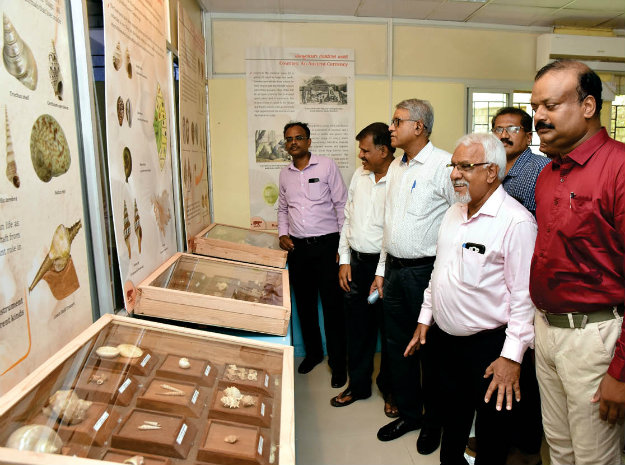
He also regretted that Indian students are not evincing interest on projects related to conservation of historical monuments when compared to their Western counterparts.
In his key note address, Scientist and Head of RMNH, Dr. G.N. Indresha said that government has taken a slew of measures for conservation, technological upgradation and improvement of RMNH as part of its silver jubilee celebrations next year. It will set up a full-fledged skeleton gallery next year. He also stressed on keeping museum surroundings clean which is a must to prevent pests and rodents.
Over 30 experts from South India are taking part in the workshop. They deliberated on key topics such as museum pests and their control through sustainable integrated management and recent advances in the field with practical demonstrations.
They will discuss the requirement of professional expertise and technical competency on the task of preserving and safeguarding the museums for posterity.
On the occasion, an exhibition of shells called “Shanka” was opened to public. The exhibition highlights different kinds of Shankas, Shankas in industry, commerce, religion and its ecological importance on food and medicine. Besides, an exhibition of pilot whale skeleton, skeleton of Indian Bison, skulls of elephants and tribal artefact are kept on display. The expo is free and open to visitors from 10 am to 6 pm today and tomorrow.
Retired professor of Ancient History and Archaeology, University of Mysore Dr. N.S. Rangaraju, Professor, Centurion University, Bhubaneswar, Dr. Siba Prasad Parida and others were present.



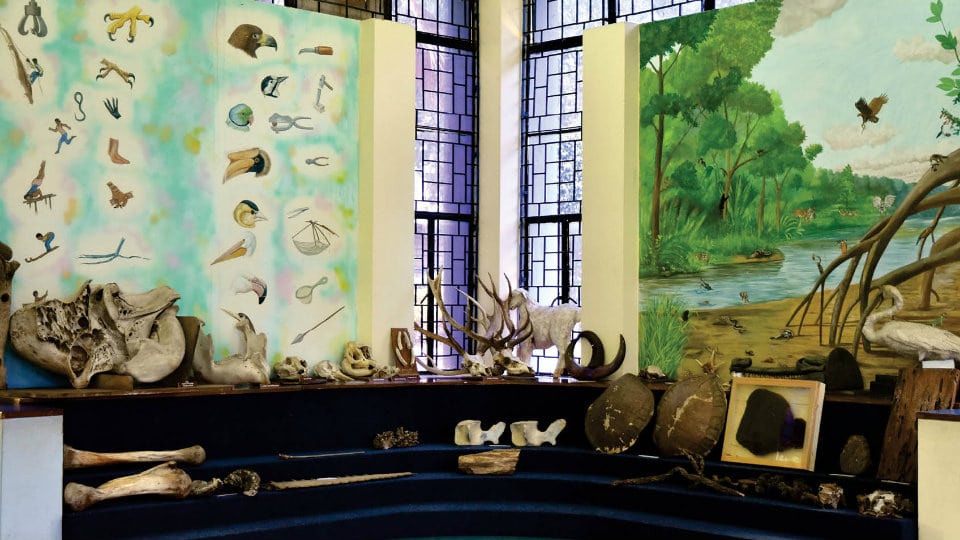
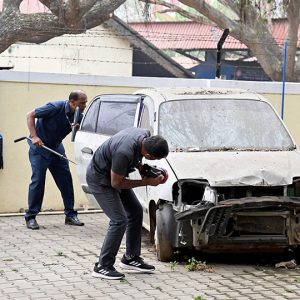
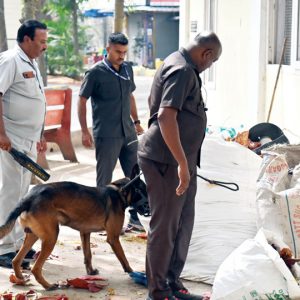
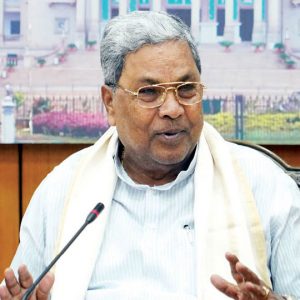
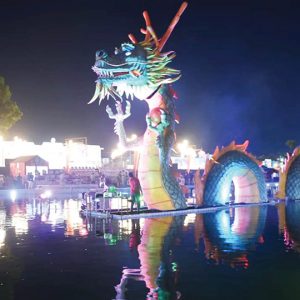
Recent Comments